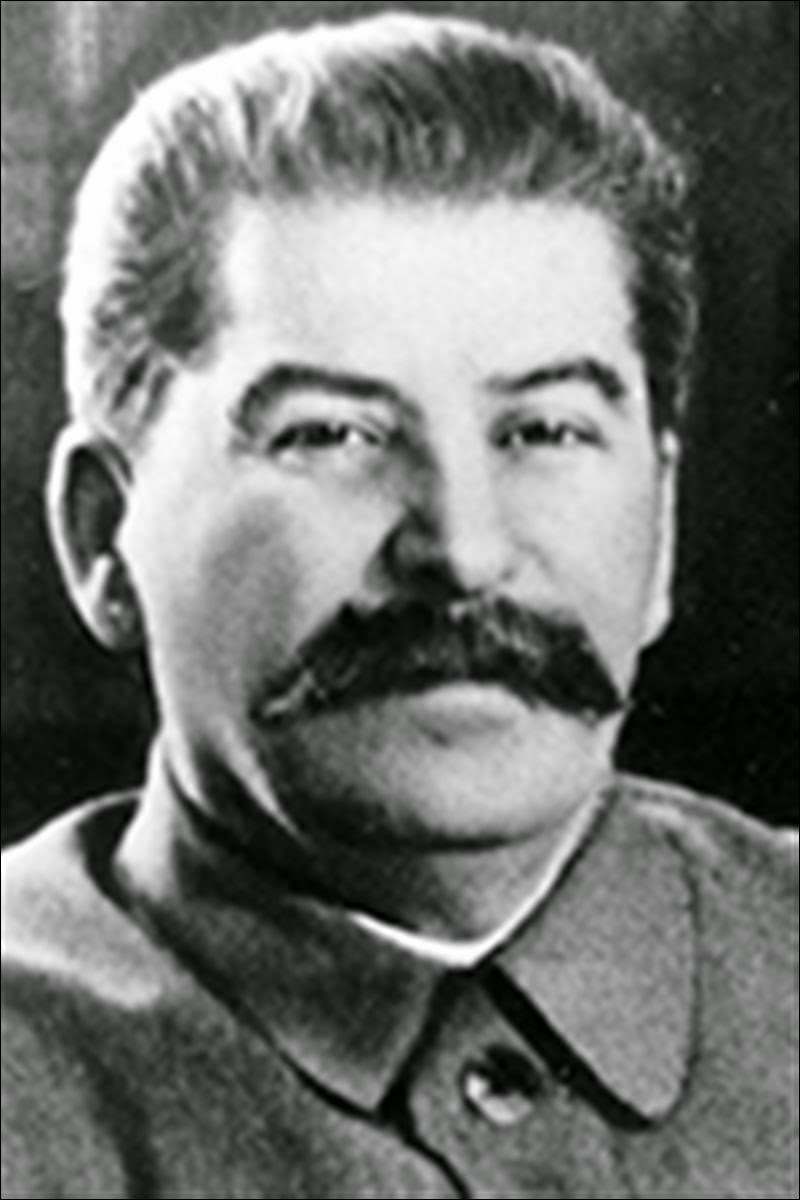

Trotsky survived the purge, though he would be assassinated in 1940 by the NKVD on the orders of Stalin.
DEATH OF STALIN HAVE A NICE LONG NAP OLD MAN TRIAL
While the Soviet government desired to put Trotsky on trial during the purge, his exile prevented this. Conquest's title itself was an allusion to the period from the French Revolution known as the Reign of Terror. The term great purge itself was popularized by the historian Robert Conquest in his 1968 book The Great Terror. Scholars estimate the death toll for the Great Purge (1936–1938) to be roughly 700,000. Despite the Great Purge being over, the atmosphere of mistrust and widespread surveillance continued for decades after. Stalin criticized the NKVD for carrying out mass executions and subsequently executed Genrikh Yagoda and Nikolai Yezhov, who headed the NKVD during the purge years. In 1938, Stalin reversed his stance on the purges and declared that the internal enemies had been removed. During its mass operations, the NKVD widely utilized imprisonment, torture, violent interrogation, and arbitrary executions to solidify control over civilians through fear. The NKVD began targeting certain ethnic minorities such as the Volga Germans, who were subjected to forced deportation and extreme repression. As the scope of the purge began widening, the omnipresent suspicion of saboteurs and counter-revolutionaries began impacting civilian life. Three successive trials were held in Moscow that removed most of the Old Bolsheviks and the challenges to Stalin's position. Eventually, the purges were expanded to the Red Army and military high command, which had a disastrous effect on the military. The NKVD began the removal of the central party leadership, Old Bolsheviks, government officials, and regional party bosses. The purges themselves were largely conducted by the NKVD (People's Commissariat for Internal Affairs), the secret police of the USSR. The perceived risk of losing his position and the potential return of Trotsky drove him into authorizing the Great Purge. īy 1936, Stalin's measures to strengthen his grip on power reached their peak. The validity of these claims is still debated by historians, but there is consensus that Kirov's death was the flashpoint where Stalin took action and began the purges.

Many of those arrested after Kirov's assassination also confessed plans to kill Stalin himself, including high-ranking party officials. His death led to an investigation that revealed a network of party members supposedly working against Stalin, including several of Stalin's rivals. In this atmosphere of doubt and suspicion, a popular high-ranking official, Sergei Kirov, was assassinated. By 1934, several of Stalin's rivals, such as Trotsky, began calling for Stalin's removal and attempted to break his influence over the party. However, by the early 1930s, party officials began losing faith in his leadership following the human cost of the first five-year plan and the collectivization of agriculture. Initially, Stalin's leadership was widely accepted his main political adversary Trotsky was forced into exile in 1929, and the doctrine of " socialism in one country" became enshrined party policy. Joseph Stalin, the party's General Secretary, triumphed over political opponents and ultimately gained control of the party by 1928.

Various established figures in Lenin's government attempted to succeed him. įollowing the death of Vladimir Lenin in 1924, a power vacuum opened in the Communist Party, the ruling party in the Soviet Union (USSR). It occurred from August 1936 to March 1938. The Great Purge or the Great Terror ( Russian: Большой террор), also known as the Year of '37 ( 37-й год, Tridtsat sedmoi god) and the Yezhovshchina ('period of Yezhov'), was Soviet General Secretary Joseph Stalin's campaign to solidify his power over the Communist Party of the Soviet Union and the state the purges were also designed to remove the remaining influence of Leon Trotsky as well as other prominent political rivals within the party. Joseph Stalin, the NKVD ( Genrikh Yagoda, Nikolai Yezhov, Lavrentiy Beria, Ivan Serov and others), Vyacheslav Molotov, Andrey Vyshinsky, Lazar Kaganovich, Kliment Voroshilov, Robert Eikhe and othersĮlimination of political opponents, consolidation of power, fear of counterrevolution, fear of party infiltration (higher estimates overlap with at least 116,000 deaths in the Gulag system)


 0 kommentar(er)
0 kommentar(er)
